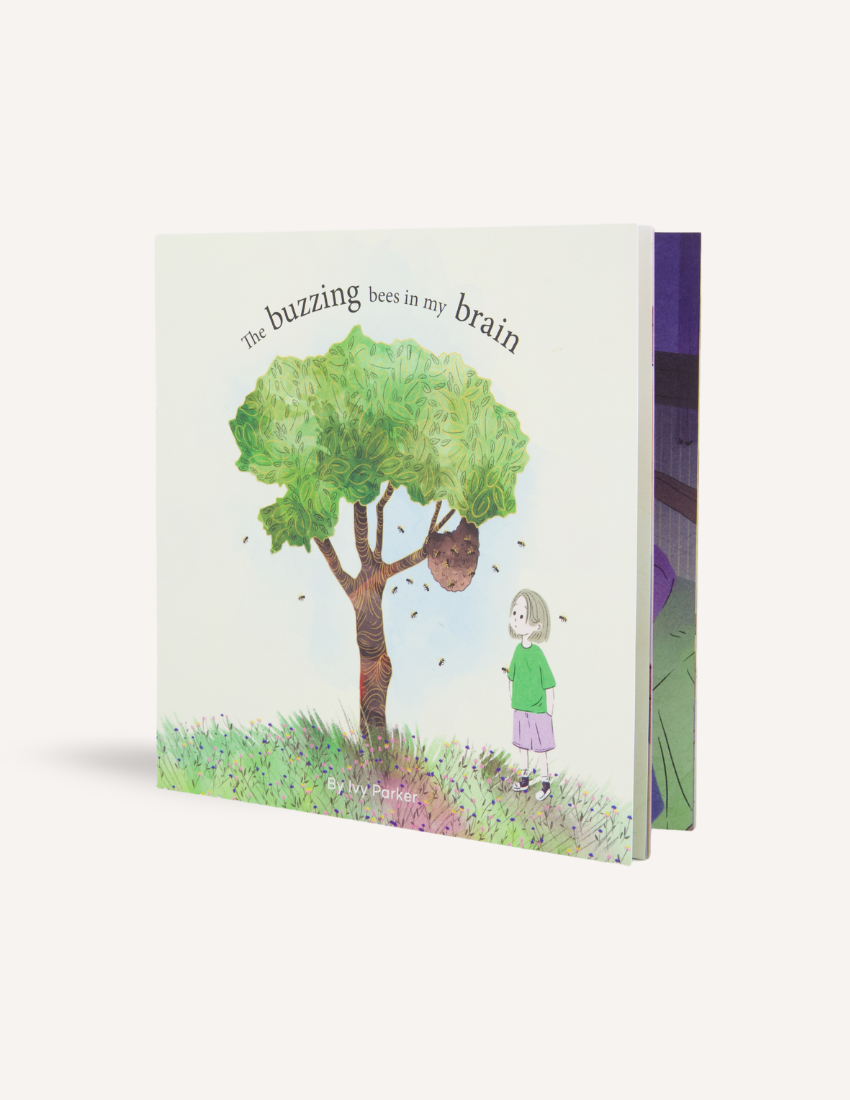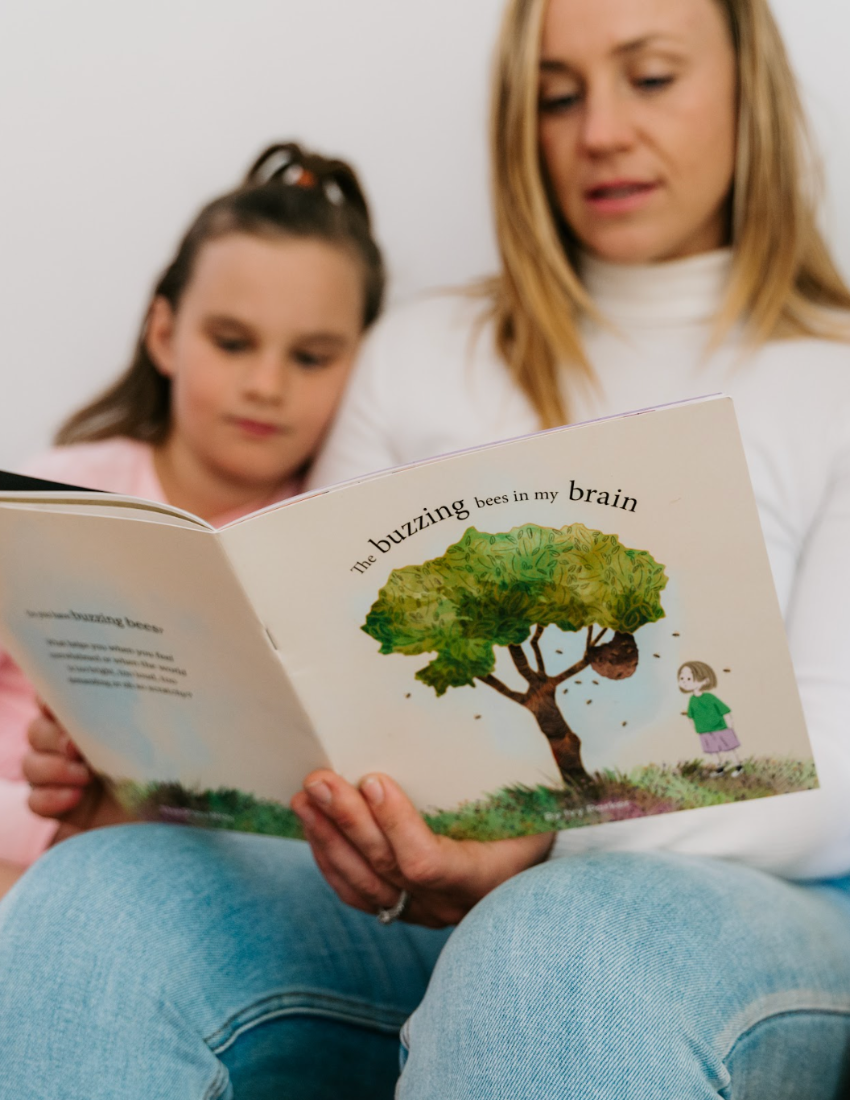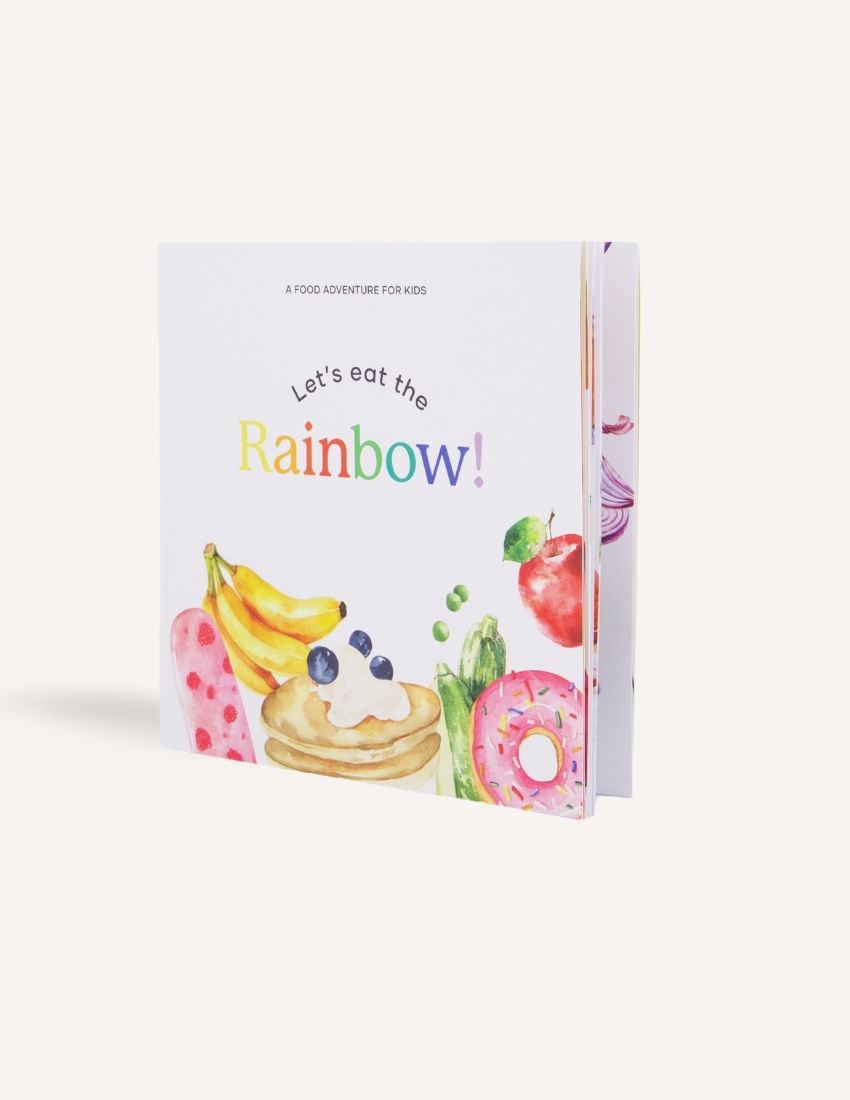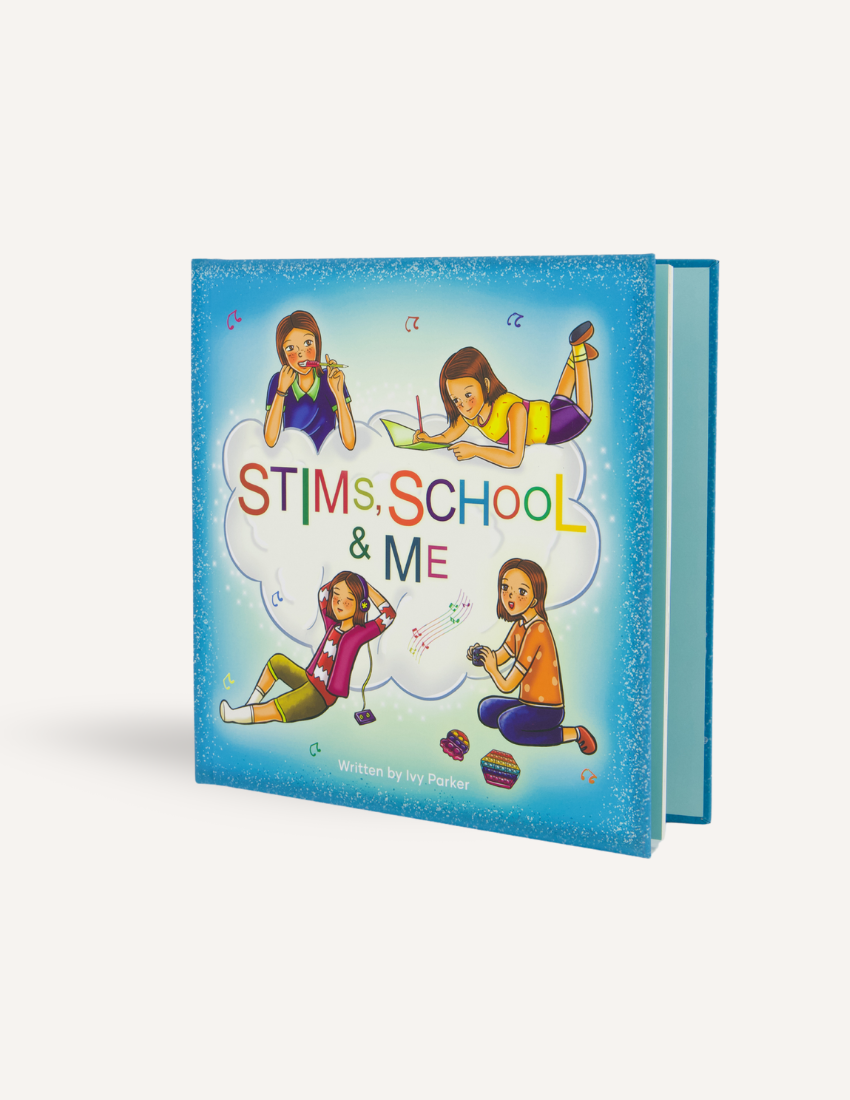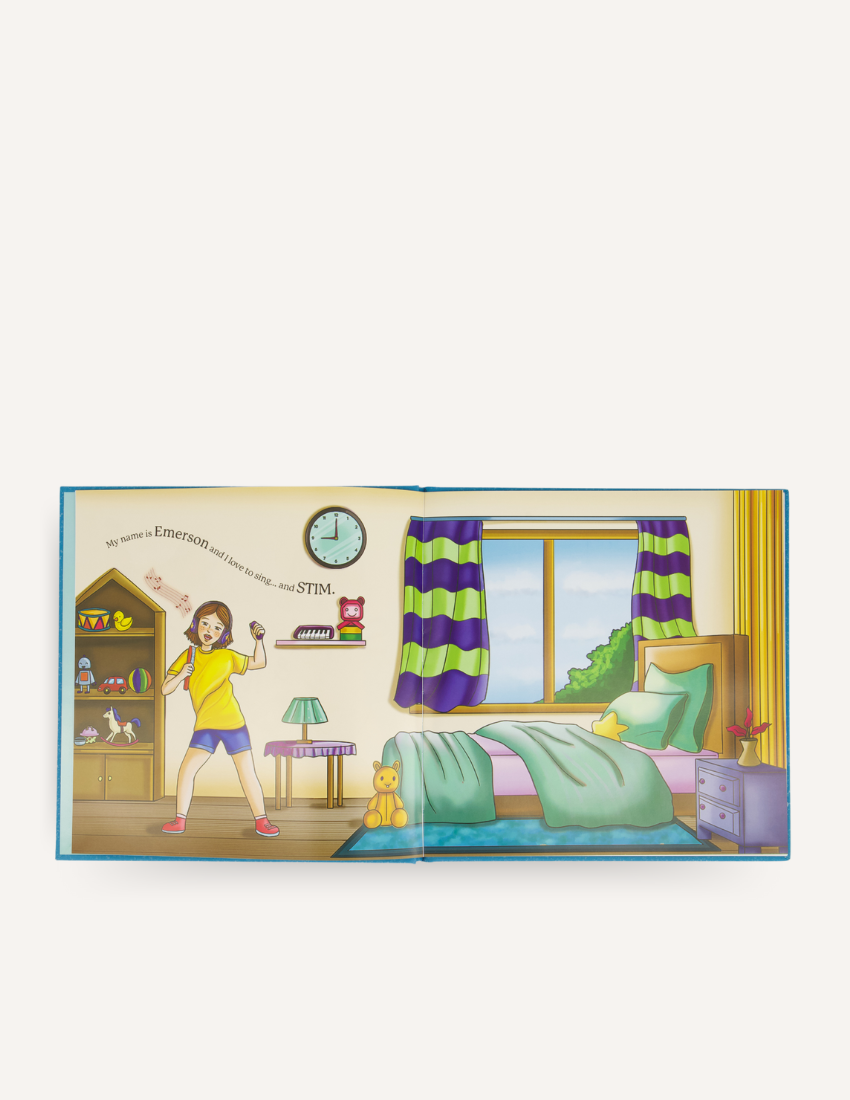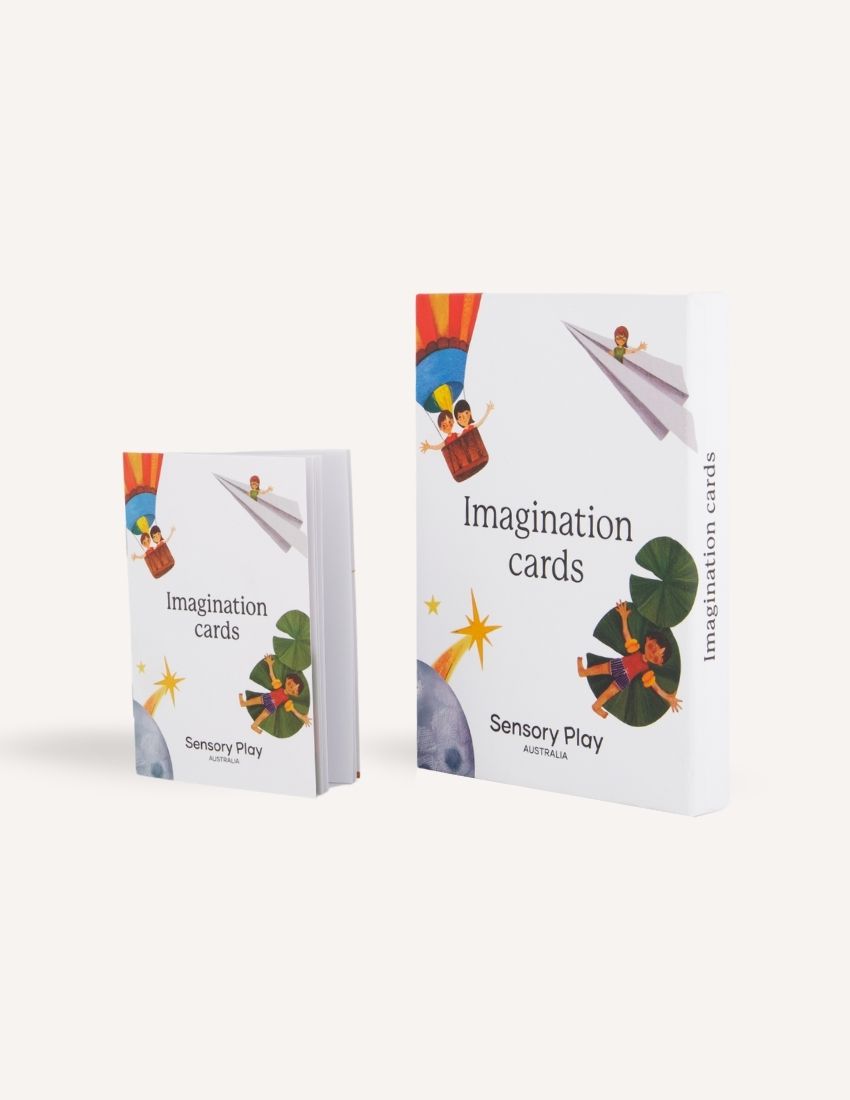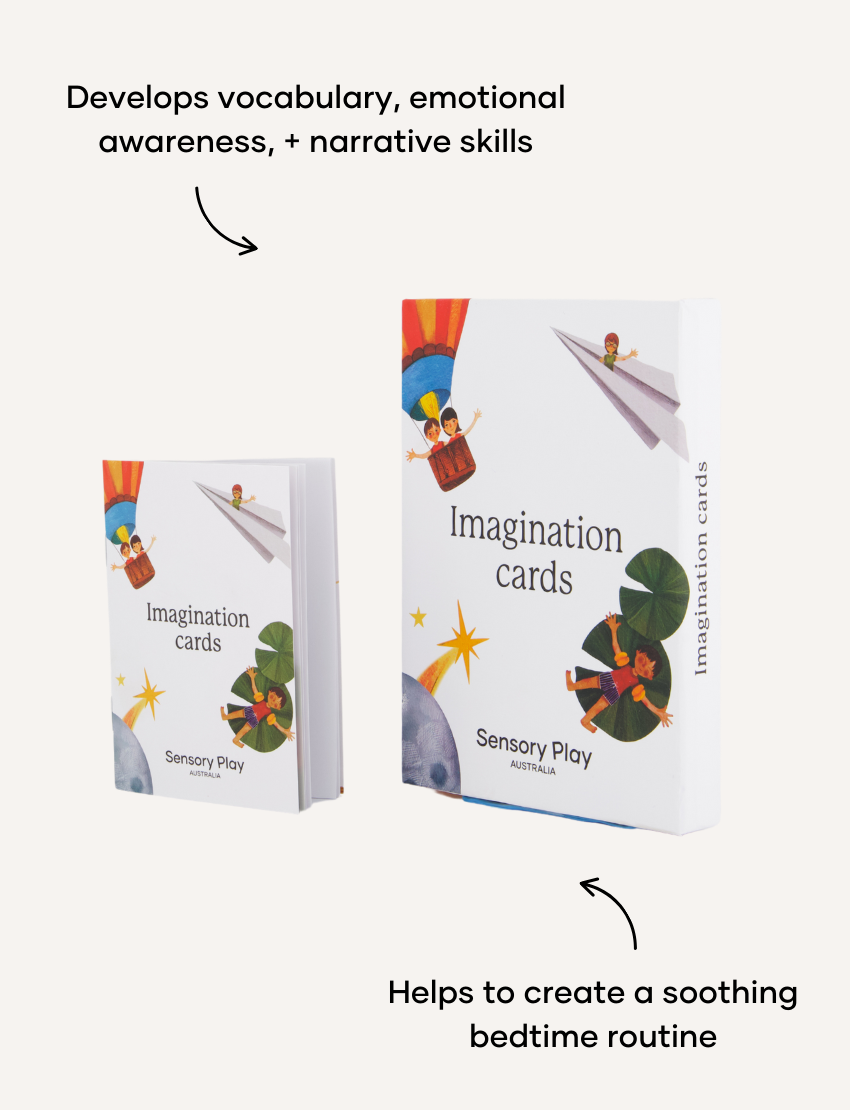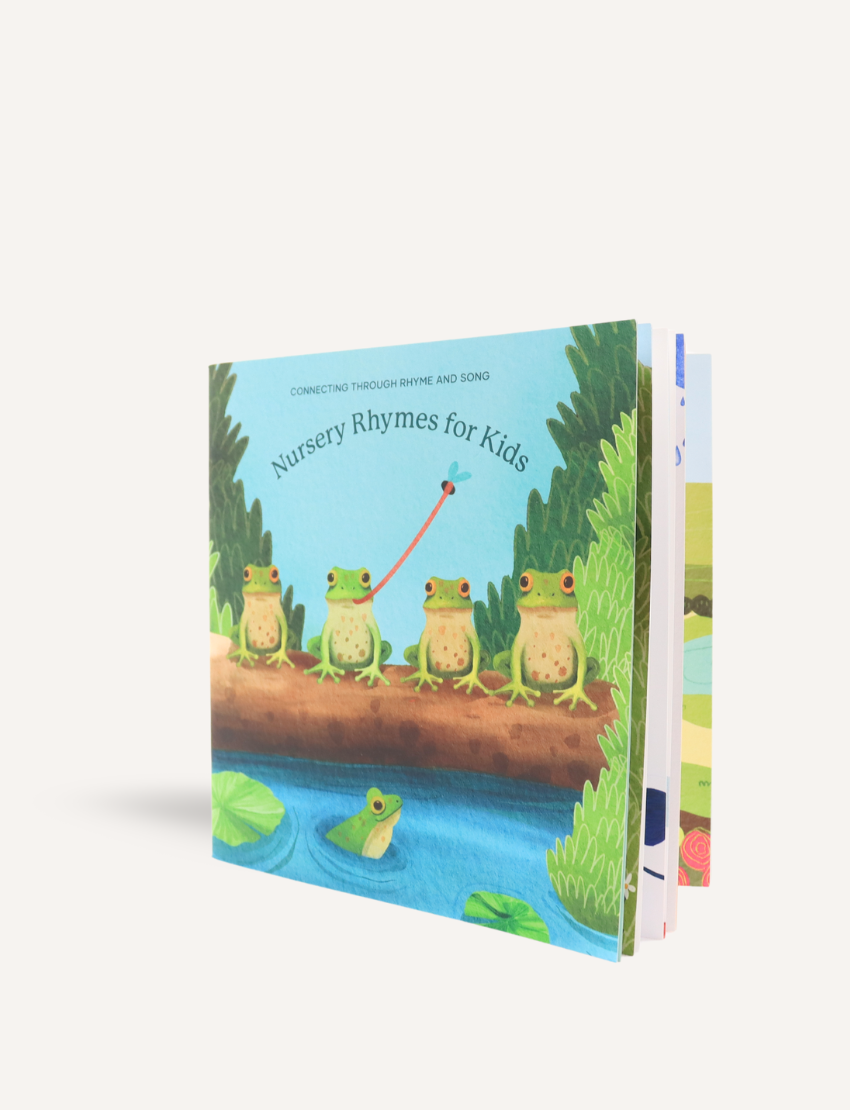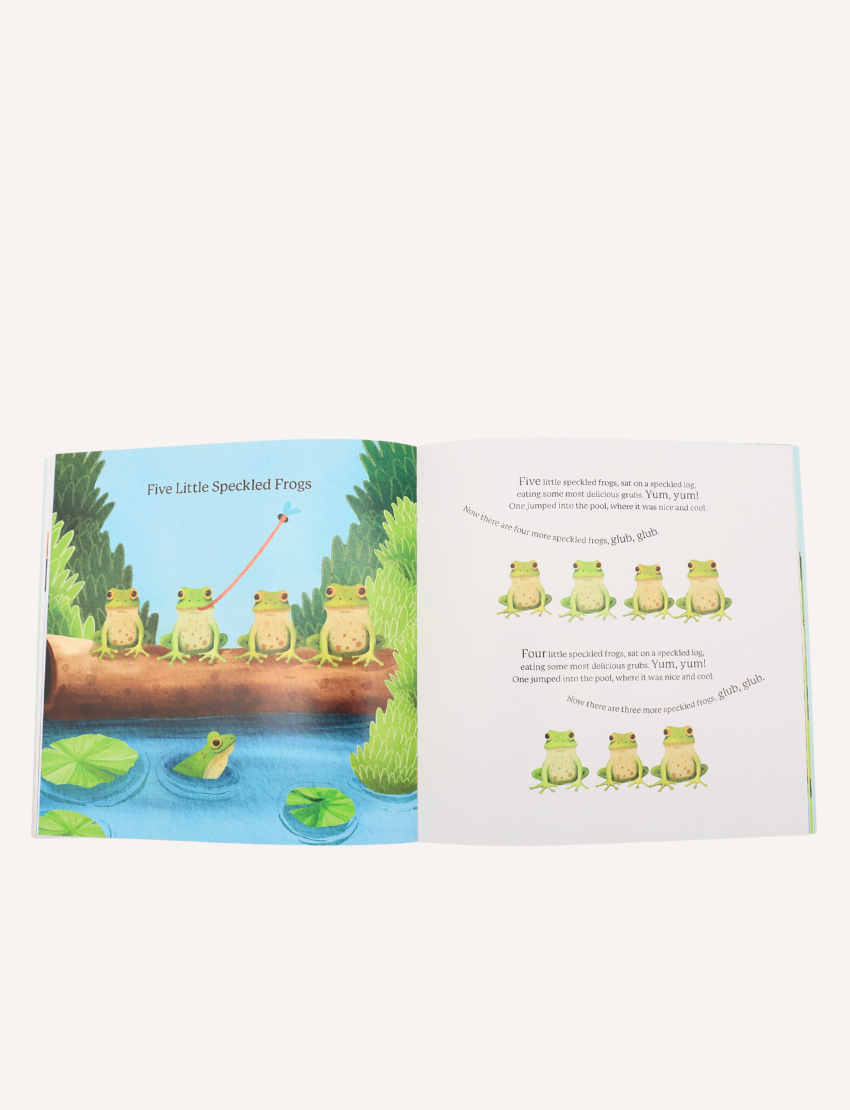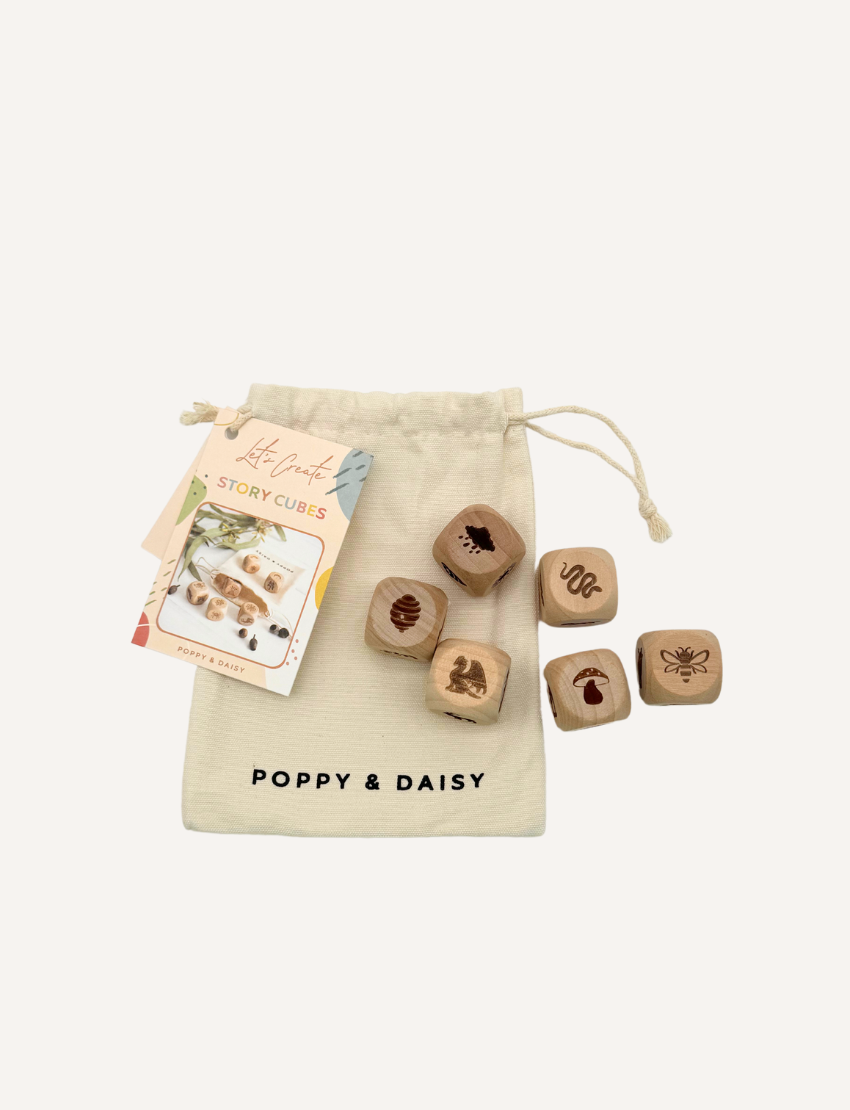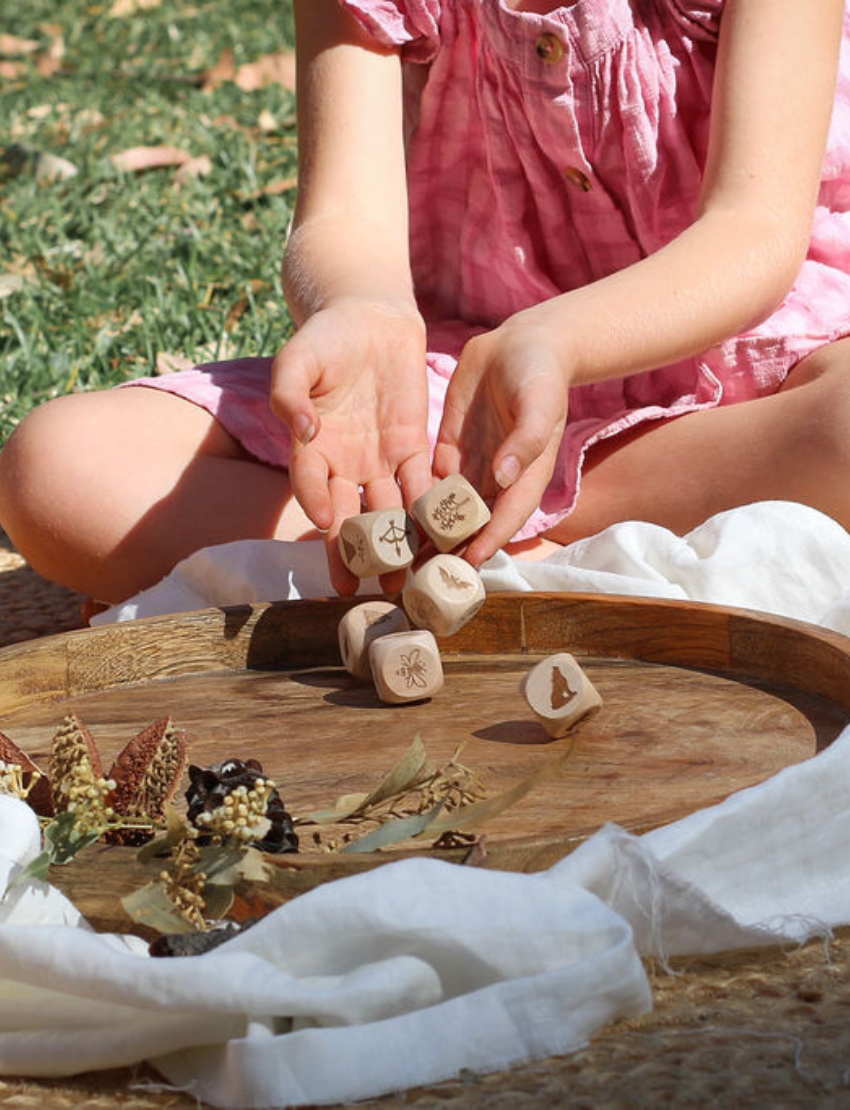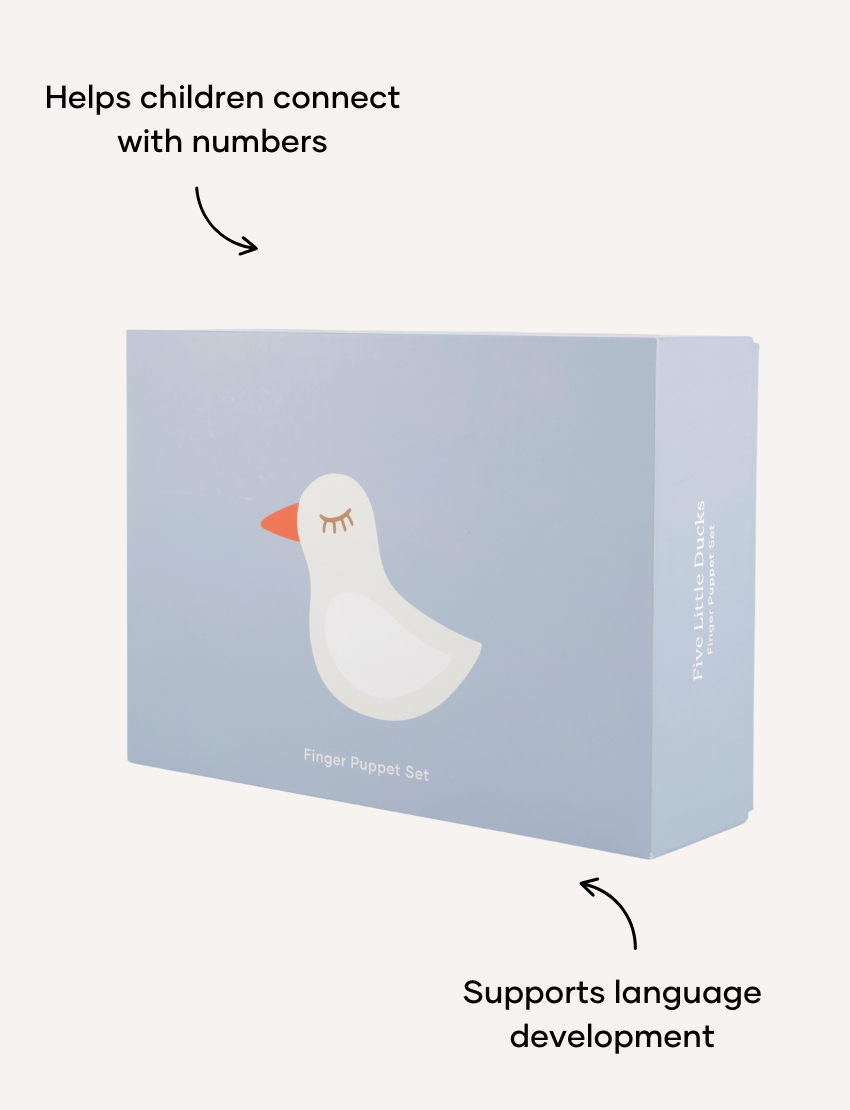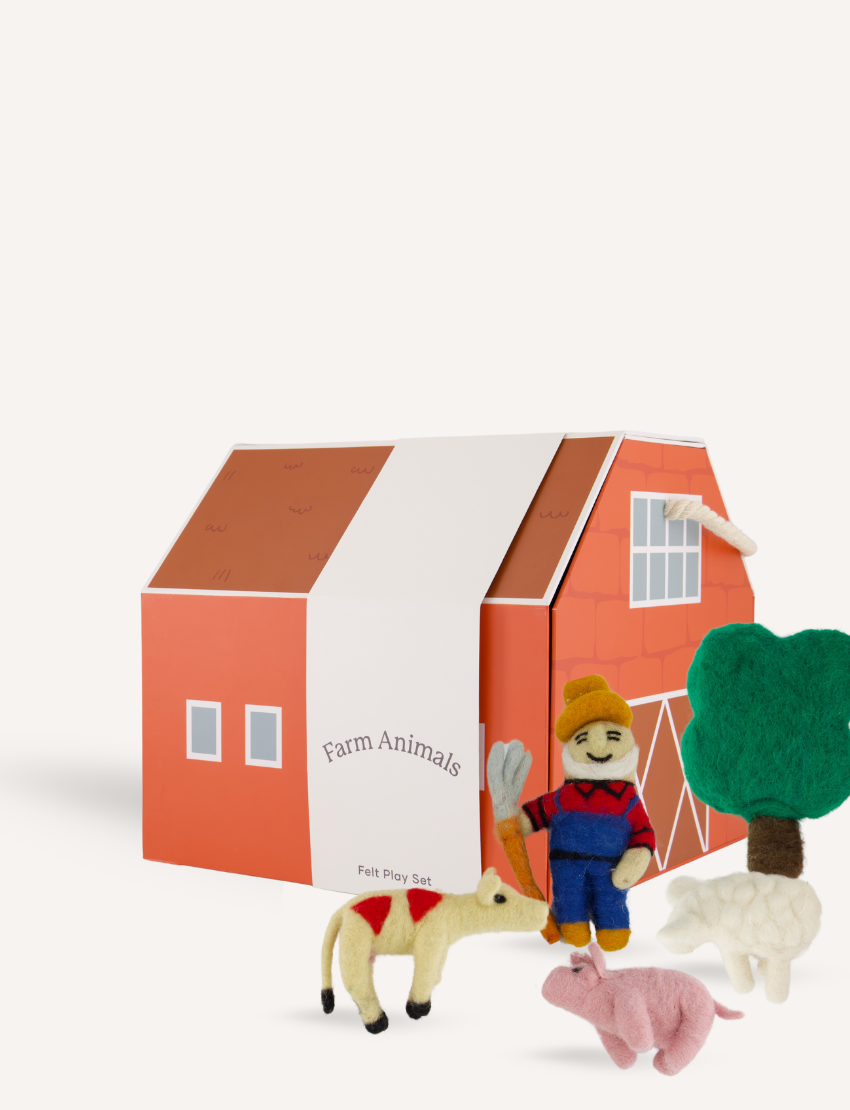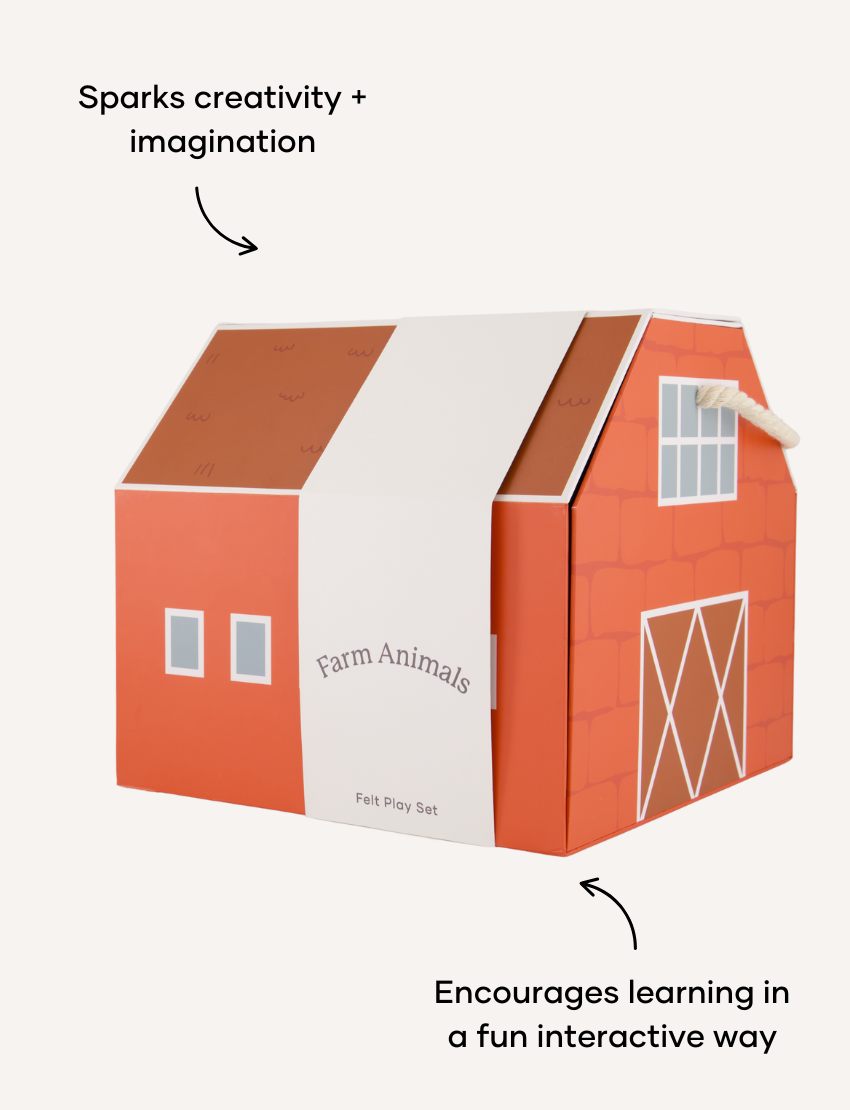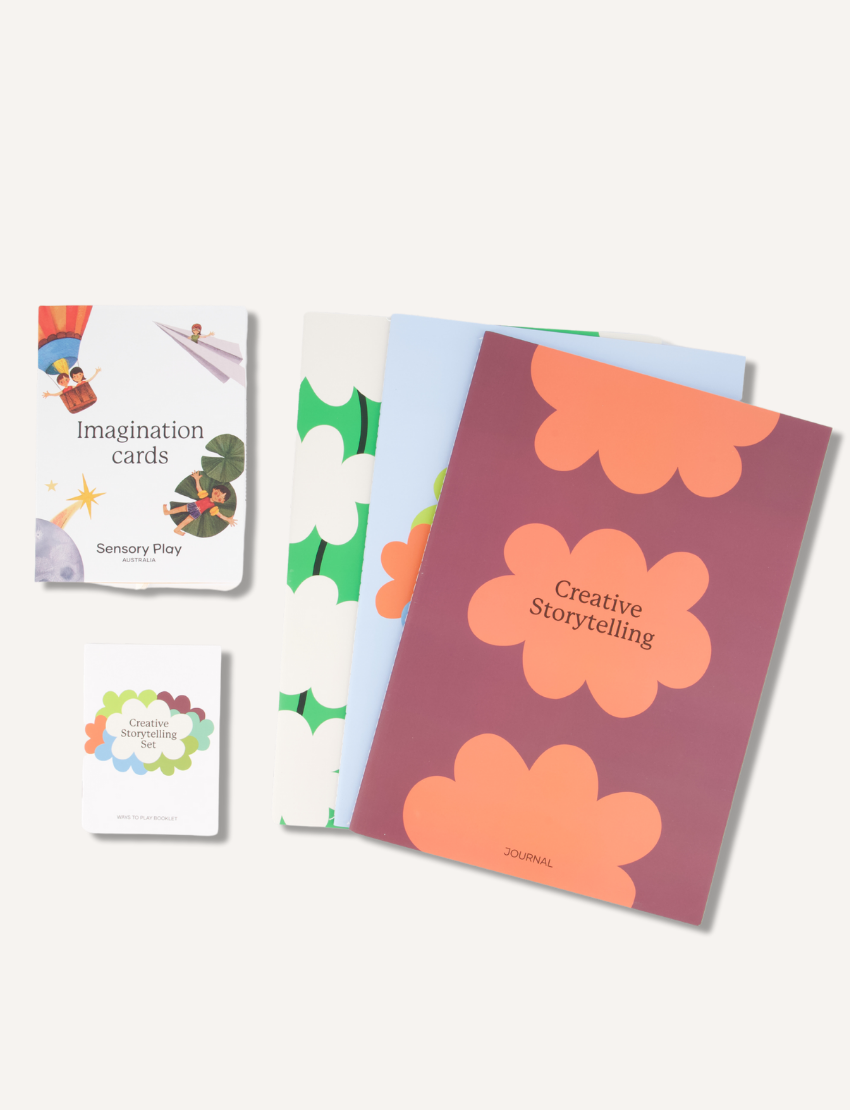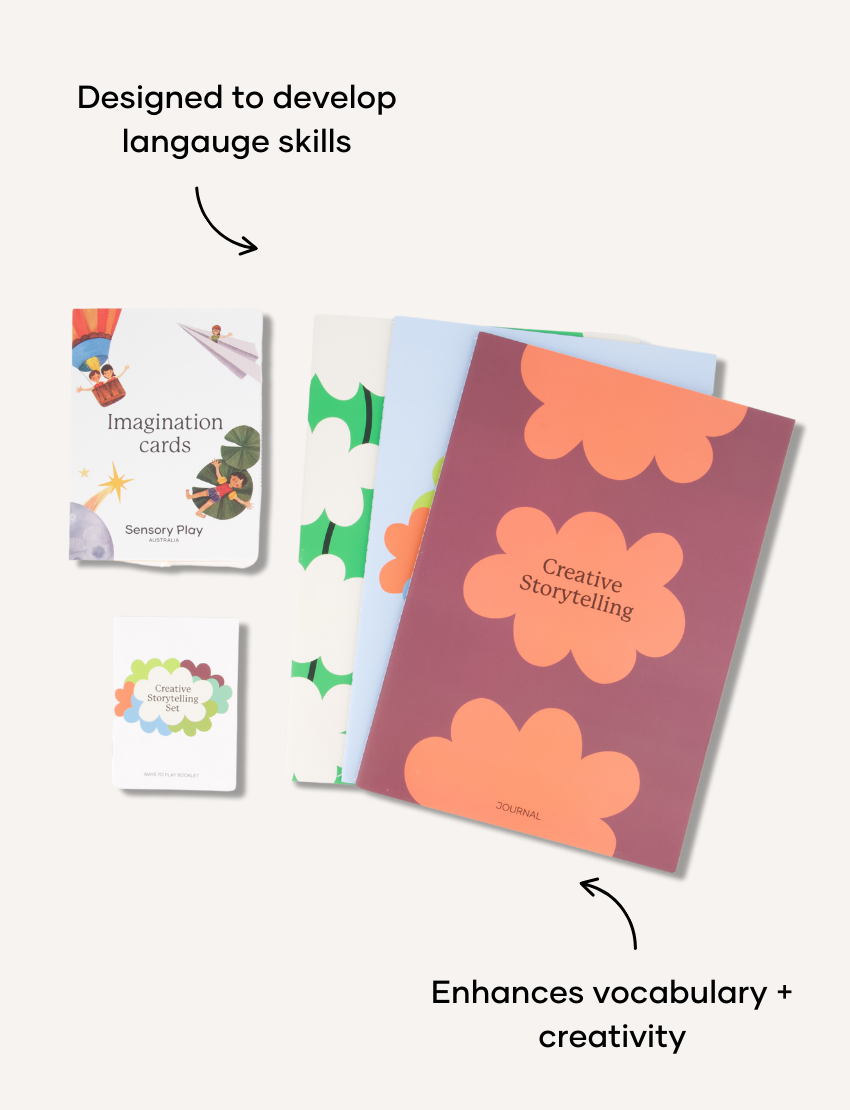Whether it's through reading books, telling stories, or bringing characters to life, story play offers so much more than entertainment; it's a powerful tool for learning and connection. From early literacy to emotional growth, story play has a profound impact on child development. Here's how it supports your child’s journey.
Educational Benefits
Listening to stories helps children become familiar with letters, sounds, and print, laying the foundation for literacy. Exposure to diverse words and sentence structures builds vocabulary, improves comprehension, and enhances self-expression. Books ignite curiosity and foster a love of learning, encouraging children to explore new ideas and experiences. Stories introduce children to facts, ideas, and different topics, helping them build a broader understanding of the world.
Cognitive Benefits
Following a narrative encourages children to track events, understand cause and effect, and make connections, developing critical thinking. Analysing character decisions and story outcomes builds logical reasoning skills. Exploring different genres and perspectives fosters cognitive flexibility, helping children understand complex or abstract concepts.
Social & Emotional Benefits
Stories often explore emotions, choices, and relationships, helping children develop empathy and understand different perspectives. Reading together creates bonding time, offering comfort, connection, and a secure environment for emotional expression.
Ways to Play with Stories
Here are some playful ways to explore stories together and make reading even more interactive and fun:
1. Story Sequencing
Create images from the story and invite your child to arrange them in order. Then switch roles and have them create images for you to arrange. This strengthens sequencing and comprehension.
2. Story Retelling
Encourage your child to retell the story in their own words. It supports memory, reinforces understanding, and boosts verbal communication.
3. Puppet Show
Make your own simple hand puppets and use them to act out scenes from the story. It’s a fun way to encourage imagination and bring the story to life.
4. Character Interview
Take turns interviewing each other as characters from the story. This playful activity helps deepen character understanding and builds communication skills.
5. Story-Inspired Drawing Challenge
Ask your child to draw a favourite scene or character from the story. It sparks creativity and helps with visual storytelling.
6. Invent a New Character
Challenge your child to create a new character that could join the story. They can draw, describe, and even write a short backstory. This enhances imagination and narrative thinking.
Story play turns reading into an interactive experience that nurtures your child’s literacy, creativity, and emotional development. Whether through drawing, acting, or retelling, every page opens up a new world of learning and fun.


